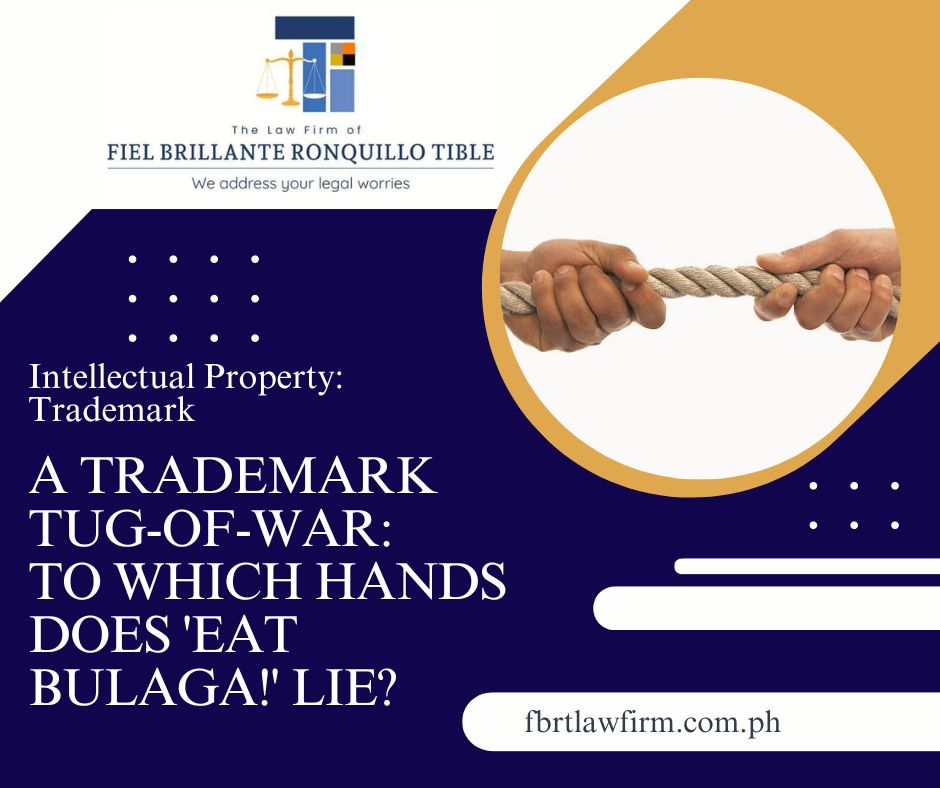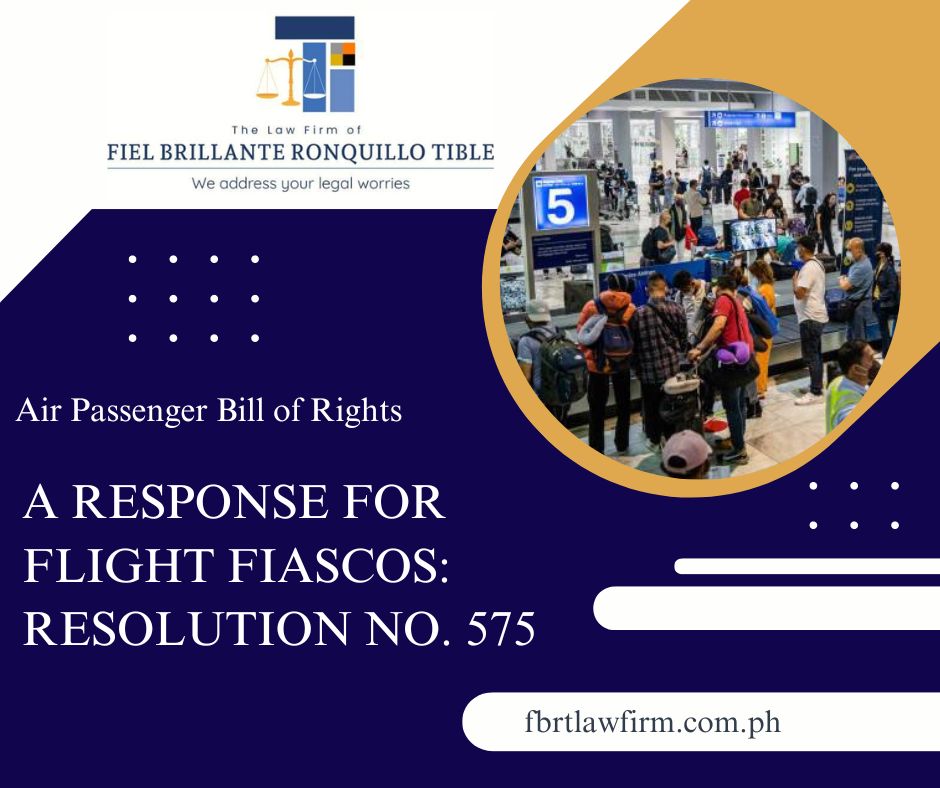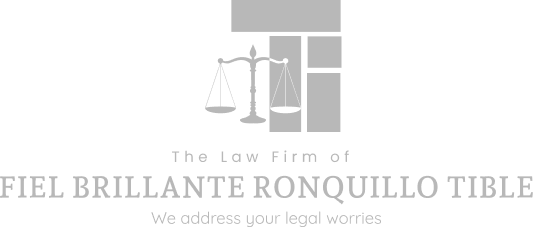Every Filipino dreams of owning their own home. Everyone has an idea of their dream house. It can be a house overlooking Taal Volcano and Taal Lake in Tagaytay. Or maybe, it can be a house in the cool weather of Baguio. Or, it can even be a beachfront house in Siargao.
But fulfilling this dream comes with a price. To achieve this dream, Filipinos sometimes have to sacrifice being away from their family. They find better job opportunities abroad to give their family the house they dream of. As one article aptly said:
“Owning a home is every family’s dream, but millions of Filipinos continue to struggle realizing it. The current level of disposable income of the lower- to middle-income class will not allow them to allocate money for housing. Even the cost for socialized housing is unaffordable to many low-income earners.”1
So, when you have the opportunity to buy your dream house, you have to make sure that your dream house does not become a nightmare. You have to ensure your hard-earned money does not go to waste.
Do you know the costs of buying real estate in the Philippines? Do you know the process of transferring the title of your dream house in your name? Do you even know whether the title is authentic or fake?
Related: Estate Tax Amnesty in the Philippines
Let us give you some tips on buying real property here in the Philippines. Since the topic of real property is broad, we would concentrate only on buying a residential property. However, should you require more detailed advice or have a concern about purchasing a specific property, we will discuss how we can help you in the end.
Can You Really Buy That House & Lot?
There is a well-known Latin legal maxim for buying real property. It is called caveat emptor or buyer beware in English. What does it mean?

The rule of caveat emptor requires the purchaser to be aware of the supposed title of the vendor, and one who buys without checking the vendor’s title takes all the risks and losses consequent to such failure.2 In other words, if you intend to purchase real property, you must do your due diligence. You have to verify and investigate whether the seller owns the property, whether he has title to it, and whether he can sell the property, among others.
If you fail to do your verification or investigation, you cannot later complain that the seller was not the actual owner or that his title is fake. Therefore, unless you show that the seller committed fraud or misrepresentation, you will bear all the risks and losses for failing to verify and investigate the property you are buying.
So, here are some things you need to verify or investigate about the seller and the property before buying your dream house.
-
Is It Alienable and Disposable?
Did you know that there are four classifications of land in the Philippines? And did you know that only one classification of land can be bought?
Under Section 3, Article XII of the 1987 Constitution, lands of the public domain are classified into agricultural, forest or timber, mineral lands, and national parks. So, those are the four land classifications. But the same section says that alienable lands of the public domain shall be limited to agricultural lands. So, only agricultural lands can be bought among the four classifications of land.
The same provision in the Constitution says that agricultural lands of the public domain may be further classified by law according to the uses to which they may be devoted. Currently, agricultural lands can be reclassified to non-agricultural uses such as residential, commercial, or industrial.
Why is this important? Because there are some unscrupulous people or ignorant sellers selling houses and lots that are classified as forest or timber, mineral land, or national park.
Take, for example, the case of Mr. Keld Stemmerik, who is a citizen and resident of Denmark.3
When he visited the Philippines, he was so enamored with the beauty of our country that he wanted to acquire real property in the Philippines. So he approached a certain Atty. Leonuel Mas to help him make his dream come true. Atty. Mas offered him a large tract of land, 86,998 square meters, in Subic, Zambales. Mr. Stemmerik agreed to purchase the land for Php 3.8 million. Then suddenly, Atty. Mas disappeared.
When he again visited the Philippines, he engaged the services of another law firm to determine the status of the property he had bought. It was then that he found out that:
(1) he is disqualified from owning the property in the Philippines because he is a foreigner; and
(2) the property is not alienable and disposable because it was situated in the former U.S. Military Reservation based on a certification issued by the Community Environment & Natural Resources Office (CENRO).
What is the lesson here? It would be best if you made your own investigation and verification. You need to see the documents before entrusting your money to someone. But most of all, you need to verify the character of the person you are dealing with.
But how can you know whether the property you are buying is alienable and disposable? First, you need to ask for a copy of the title to the property.
-
Is It Titled?
Did you know that based on rough estimates, only 50% of the 22 million parcels of land in the Philippines are titled?4 That means that roughly 11 million parcels of land remain untitled. Therefore, there exists a significant risk in buying a property from a person who does not own the property or buying a property that is not alienable and disposable. It is, therefore, more prudent to deal with property covered by a certificate of title.
A certificate of title serves as evidence of an indefeasible and incontrovertible title to the property in favor of the person whose name appears therein. It bears to emphasize that the titleholder is entitled to all the attributes of ownership of the property, including possession.5
In short, the certificate of title is the best evidence or proof of ownership over the property. It is better than a tax declaration or an unregistered deed of absolute sale.
The certificate of title shows:
- The Registry of Deeds, where the title is registered and kept
- The certificate of title number
- The technical description of the property
- The owner or owners of the property
- The history of the title
- When the title was registered
- The signature of the official of the Register of Deeds at the time the title was registered
However, even if a certificate of title contains this information, the title may still be fake. So, the next question is, how do you determine whether the title you are holding is authentic?
-
Is The Title Authentic?
Like what we said earlier, some fake titles are circulating. So, how would you know if the title is authentic?
The certificate of title that the owner holds is called the owner’s duplicate certificate of title. It is called such because the original copy of the certificate of title is kept and found in the Registry of Deeds. Therefore, what the owner holds is a copy of the original.
Because of this, the best way to determine if the certificate of title is authentic is to compare the owner’s duplicate certificate with the original certificate in the Registry of Deeds. The process of comparing the owner’s duplicate with the original may be done by:
- asking the owner if you can photocopy the owner’s duplicate,
- asking the owner to give you the authority to verify the certificate of title in the Registry of Deeds or obtain a certified true copy of the title, and
- going to the Registry of Deeds to compare the owner’s certificate with the original.
Suppose the owner’s duplicate certificate is the same as the original certificate of title in the Registry of Deeds. In that case, there is a higher probability that the certificate of title is authentic.
However, even before proceeding to the Registry of Deeds, you may examine the owner’s duplicate certificate of title to determine whether it is authentic. Here are some tips:
- The Bangko Sentral ng Pilipinas provides the paper used for a certificate of title. They use a special kind of paper composed of 50% cotton and 50% chemical wood pulp with colored fibers. Also, you must see the LRA watermark when you hold it against the light.
- The place of the Registry of Deeds indicated at the top should be the city, municipality, or province where the property is located. If not, then you should be suspicious. Example: “Registry of Deeds for the Quezon City” – the property should be located in Quezon City.
- You should notice the words “Owner’s Duplicate Certificate” on the left side portion of the title (for old certificates) or “Owner’s Duplicate” under the words “Transfer Certificate of Title” (for e-Titles).
- The Judicial Form used is indicated in the upper left-hand portion of the certificate of title. Under it is the year when the form was printed or revised. If the judicial form of your title was prepared before the date when the form was printed or revised, then you better start worrying.
- For old titles, on the upper right-hand portion of the certificate of title, you can find the Book and Page No, which corresponds to the Entry Book of the Registry of Deeds. The last two digits of Page No. should be the same as the last two digits of the TCT number.
As always, the best way to ascertain the authenticity of a certificate of title is through the help of a real estate practitioner or real estate lawyer.
-
Is The Title Clean?
A title is considered clean if there are no liens and encumbrances over the property. A lien represents a monetary claim levied against property to secure payment—the settlement of an obligation from the property owner. An encumbrance is a much broader term, referring to any sort of claim against a property. Any lien is an encumbrance, but not all encumbrances are liens.6 You can find liens and encumbrances annotated at the back of the title.
A lien can be a mortgage of the property as security for payment of a loan. An encumbrance can be a lis pendens meaning there is an ongoing case involving the property, or an adverse claim meaning someone else is claiming the property.
Unless the liens and encumbrances have been cancelled, they shall be carried over to the new certificate of title. Hence, if the lien or encumbrance is not yet cancelled when you bought the property, you bear the risk of losing the property.
Again, the more prudent way to check whether there are liens and encumbrances covering the property is to check the original title in the Registry of Deeds.
-
Is It Covered by a Tax Declaration?
Under the Local Government Code, it shall be the duty of all persons owning or administering real property to prepare and file a sworn statement declaring the true value of their property. Such declaration shall contain a description of the property sufficient in detail to enable the assessor or his deputy to identify the same for assessment purposes.7
Moreover, both the seller and the buyer must notify the assessor about the sale of the property. It shall be the duty of the person acquiring real property to prepare and file with the provincial, city, or municipal assessor a sworn statement declaring the true value of the subject property within sixty (60) days after the acquisition of such property.8 On the other hand, any person who shall transfer real property ownership to another shall notify the provincial, city, or municipal assessor concerned within sixty (60) days from the date of such transfer. The notification shall include the mode of transfer, the description of the property alienated, and the name and address of the transferee.9
Hence, you should check if the property owner has a tax declaration over the property. After getting a copy of the tax declaration, the next thing is to verify if the property owner has been diligently paying the real property taxes.
-
Are The Real Property Taxes Paid?
If you buy the property without checking whether the owner has been paying the real property taxes, the city or municipal assessor may hold you liable for back taxes. The tax liability is attached to the property and not the person.
The more prudent thing to do, therefore, is either to require the owner to obtain tax clearance from the assessor’s office or for you to verify with the assessor’s office whether the owner has paid the real property taxes.
What Does It Cost To Buy Your Dream Home?

After completing your due diligence on the seller and the property, you are ready to buy your dream home. It is now time for you to estimate the total expenses you need to prepare to buy your dream home.
In general, the parties are free to agree on whoever will shoulder the costs of the transaction for as long as it is not illegal or not contrary to morals, good customs, public order, or public policy. We discuss the customary division of costs in a real estate transaction.
A. Seller’s Cost
Usually, the seller is liable for the payment of capital gains tax, documentary stamp tax, and the agent’s commission.
- Capital Gains Tax. Capital Gains Tax (CGT) is a tax imposed on the gains presumed to have been realized by the seller from the sale, exchange, or other disposition of capital assets located in the Philippines, including pacto de retro sales and other forms of conditional sale.10
The CGT is a final tax of six percent (6%) based on the gross selling price or current fair market value, whichever is higher.11
For example, the selling price of your dream home is Php 10,000,000.00. The CGT that the seller has to pay is Php 600,000.00.
The Capital Gains Tax Return (BIR Form No. 1706) shall be filed and paid within thirty (30) days following the sale, exchange or disposition of real property, with any Authorized Agent Bank (AAB) or Revenue Collection Officer (RCO) of the Revenue District Office (RDO) having jurisdiction over the place where the property being transferred is located.12
- Documentary Stamp Tax. Documentary Stamp Tax (DST) is a tax on documents, instruments, loan agreements and papers evidencing the acceptance, assignment, sale or transfer of an obligation, right or property incident thereto.13
The DST is equivalent to 1.5% of the purchase price or the fair market value of the property, whichever is higher.14
The return shall be filed and the total amount of the DST paid within five (5) days after the close of the month when the taxable document was made, signed, issued, accepted or transferred or upon remittance by revenue collection agents of collection from the sale of loose documentary stamps.15
- Agent’s Commission. There is no law or rule that fixes the commission that the seller needs to pay the broker. But the industry standard is 3% to 5% of the purchase price. However, it should be noted that the Real Estate Service Act of the Philippines prohibits the unauthorized practice of real estate service. Hence, only a licensed real estate broker is entitled to the commission.
B. Buyer’s Cost
On the other hand, the buyer usually shoulders the payment of the transfer tax, the registration fee, and the notarization fee.
- Transfer Tax. The transfer tax is paid to the local government unit where the property is located. The tax rate is 0.50% for properties located in the provinces and 0.75% for properties located in Metro Manila.
- Registration Fee. In order to transfer the title under your name, you need to pay the registration fee with the Registry of Deeds. The registration fee is 0.25% of the purchase price or the fair market value, whichever is higher.
- Notarization Fee. Like the agent’s commission, the notarial fee is not set in stone. It is negotiable. But the industry standard is 1% to 3% of the purchase price.
How can FBRT Help You Buy Your Dream Home?
People think that buying real property is easy. But as you can see, there are many things that you need to be mindful of and take into consideration before parting with your hard-earned money. First, it would be best to make sure that the land is available to be bought and its title is in order.
FBRT’s Real Estate Transaction Department has the expertise and competence to guide you in navigating the intricacies of buying your dream home. Our attorneys can help you
- negotiate the terms of your acquisition;
- draft deeds and agency contracts;
- facilitate the establishment of trusts and holding firms to manage your assets;
- create joint ventures;
- re-structure troubled loans;
- conduct feasibility studies for considerable investments in real assets; and
- facilitate the reclassification of land use.
In addition, FBRT’s Tax Department can advise clients on the nuances of the various taxes and fees imposed on a real estate transaction. Finally, our attorneys can assist you in reducing your tax payable by applying allowable tax rules and rulings.
FBRT would love to help you buy your dream house. Please speak to our attorneys today.
Related Articles:
- Estate Tax Amnesty in the Philippines: Why Now is the Best Time to Pay Your Estate Taxes
- Permanent Validity of Birth, Death, and Marriage Certificates: Why Is It Important?
- FBRT is ready to serve you!
Sources:
- businessmirror.com.ph/2019/07/05/owning-a-home-remains-an-elusive-dream-for-poor-filipinos
- business.inquirer.net/76443/land-titling-for-inclusive-growth
- asiafoundation.org/2018/11/07/this-land-is-our-land-how-drones-can-advance-property-rights-in-the-philippines/
- investopedia.com/ask/answers/061715/what-difference-between-lien-and-encumbrance.asp
- bir.gov.ph/index.php/tax-information/capital-gains-tax.html
- bir.gov.ph/index.php/tax-information/documentary-stamp-tax.html
- Consolidated Rural Bank (Cagayan Valley), Inc. vs. CA and Heirs of Teodoro Dela Cruz, G.R. No. 132161, January 17, 2005.
- Stemmerik vs. Atty. Mas, A.C. 8010, June 16, 2009.
- Manila Electric Company vs. Heirs of Deloy, G.R. No. 192893, June 5, 2013, 697 SCRA 486.
- Local Government Code of 1991.
- National Internal Revenue Code of the Philippines.






